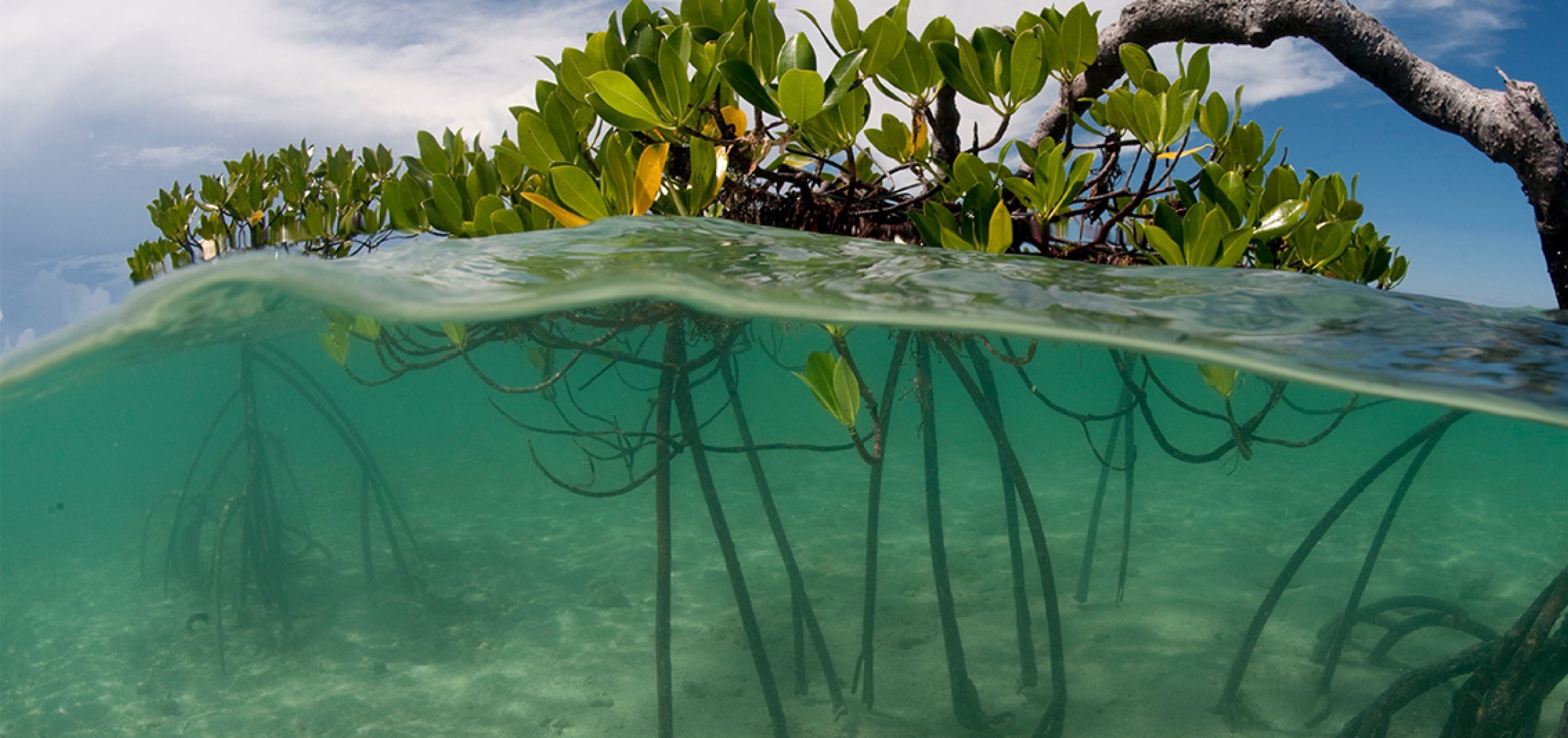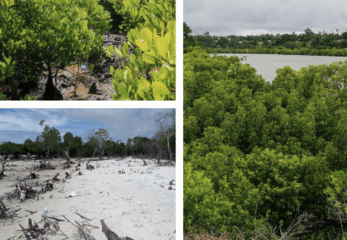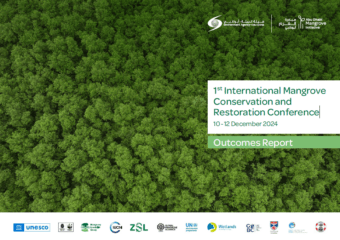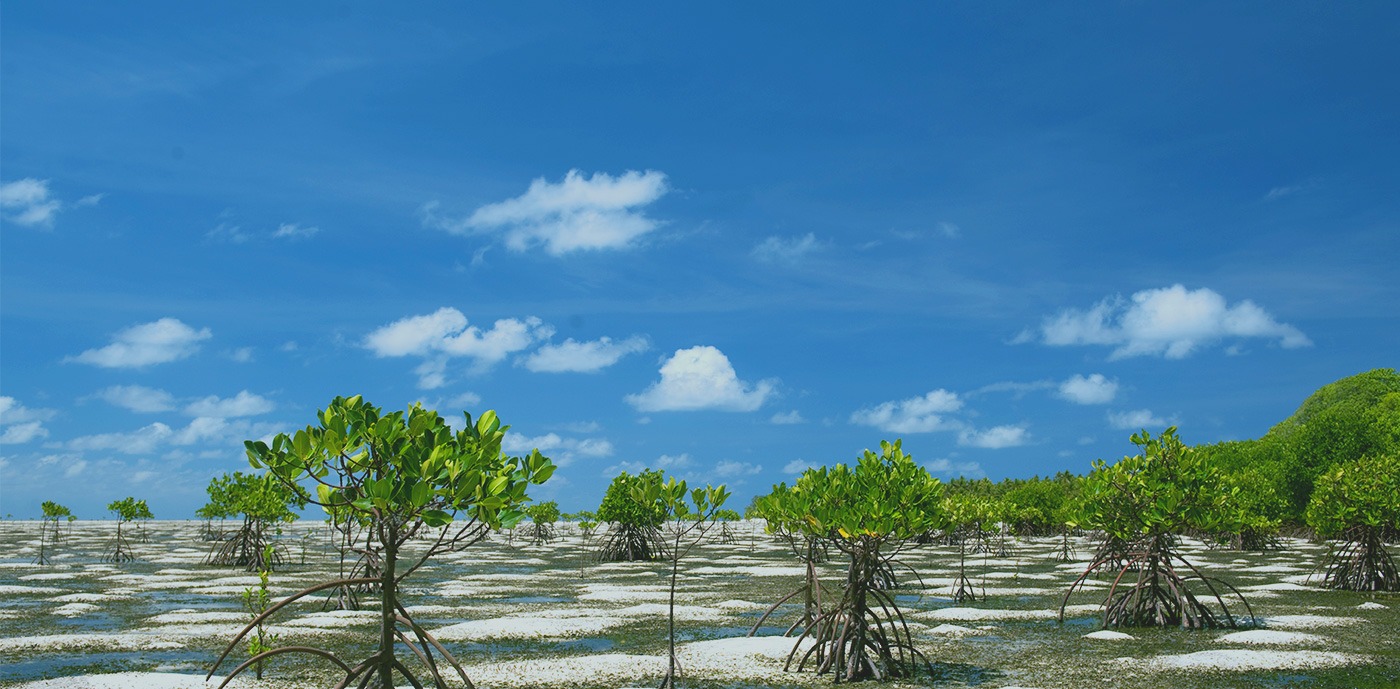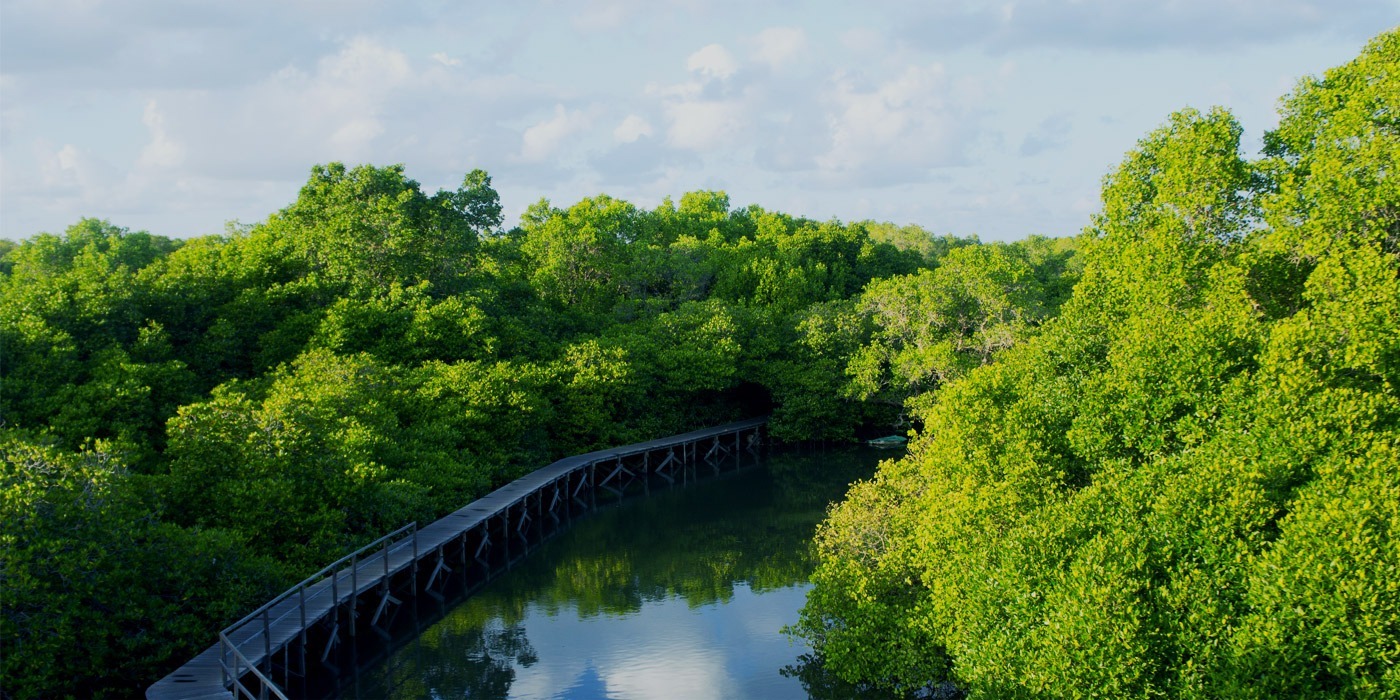BACKGROUND
Throughout its over 7,000 islands, coastal communities in the Philippines are highly vulnerable to the dangers posed by climate change and natural disasters.
Local communities dependent on farming and fishing are faced with rising seas and intensifying storms that batter the fragile coastline and jeopardize their health and way of life.
Recent extreme weather events, such as the 2013 typhoon Yolanda left over 6,000 dead and over 900,000 families displaced, and it is expected that climate change will increase the frequency of extreme weather events into the future. Green-grey infrastructure is an innovative tool for increasing coastal resilience against climate change and its impacts.
